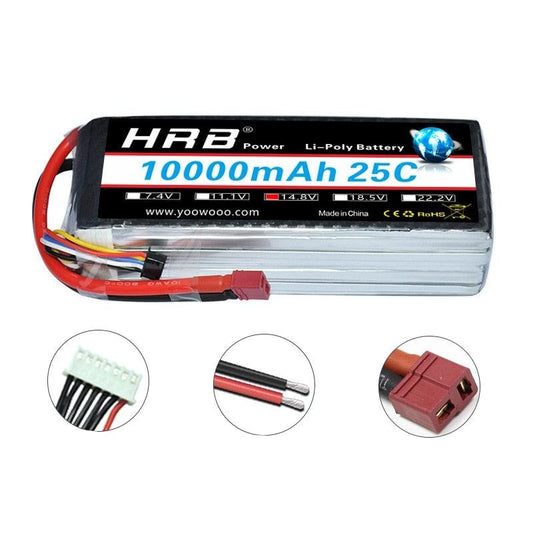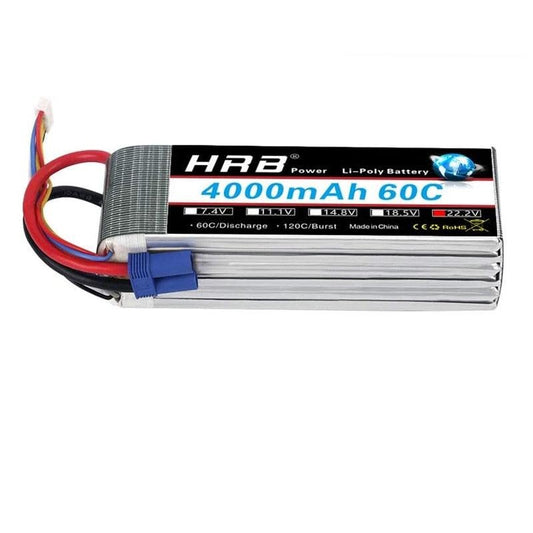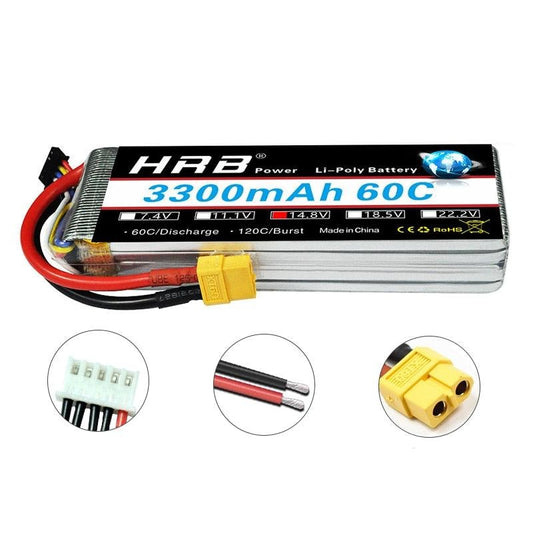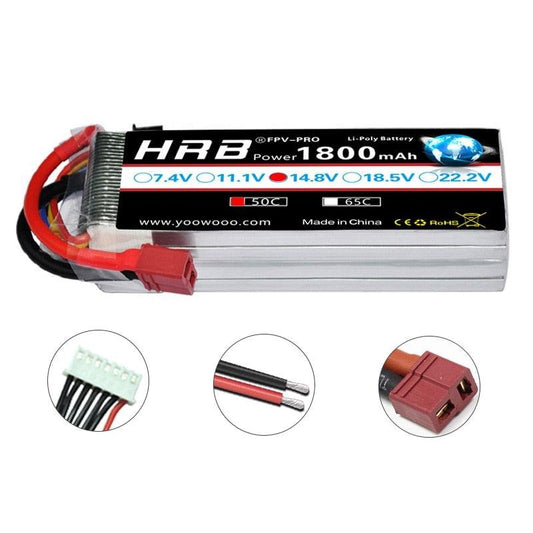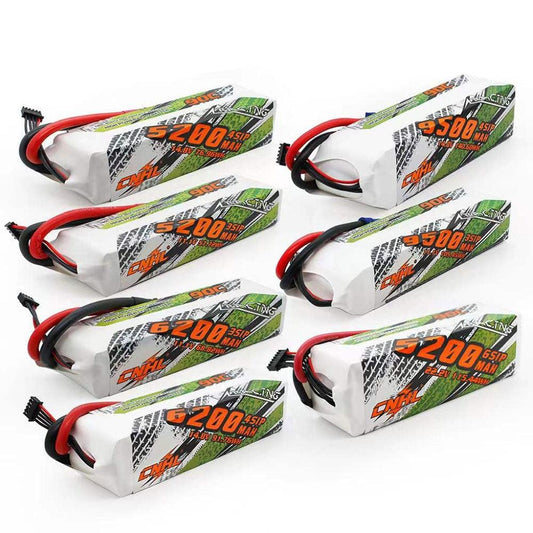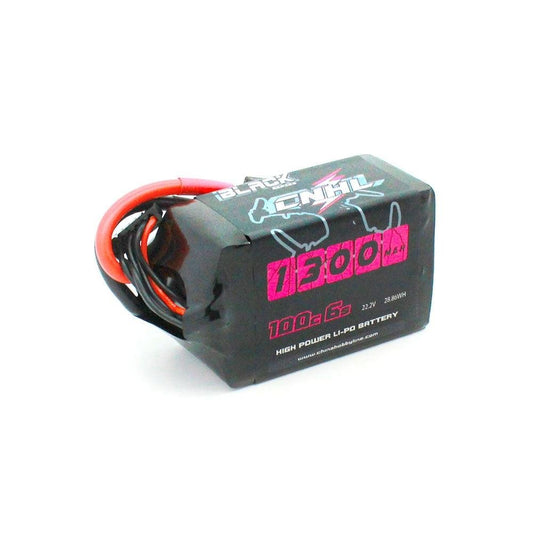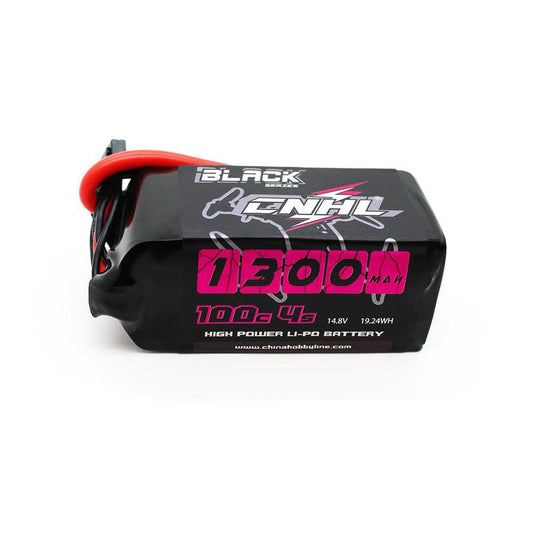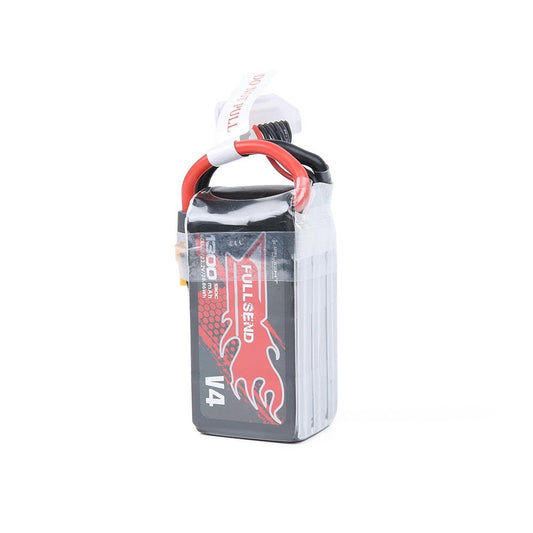-
iFlight Fullsend 6S 22.2V 2200mAh 95C LI-PO Battery With XT60H
Regular price $89.00 USDRegular priceUnit price per -
ZDF Batteries 6S 7S 12S 14S 30000mAh 22.2V 25.9V 44.4V 51.8V 25C LiPo Battery Pack with XT90-S Plug Connector for UAV Drones
Regular price From $399.73 USDRegular priceUnit price per -
Herewin RC LiPo Battery 6S 22.2V 22000mAh 20C For RC Car Airplane Tank Drone Toy Models 6s RC Agriculture Drone Battery
Regular price $215.60 USDRegular priceUnit price per -
HRB 22.2V 8000mah Lipo Battery - 6S XT60 EC5 XT90 Deans T XT150 AS150 35C RC Parts For FPV Drone Quadcopter Helicopter Airplane Car Boat
Regular price $148.16 USDRegular priceUnit price per -
HRB 2S 3S 4S Lipo Battery - 10000mah 7.4V 11.1V 14.8V T Deans XT60 EC5 XT90 18.5V 22.2V 5S 6S 25C RC Helicopter Airplane Car Parts
Regular price From $50.14 USDRegular priceUnit price per -
HRB 22.2V 4000mah Lipo 6S Battery - XT60 Deans T XT90 EC5 For MultiCopter Quadcopter Racing Airplane Buggy Cars Truck RC FPV Drone Parts
Regular price From $85.46 USDRegular priceUnit price per -
HRB 2S 3S 4S 5S 6S lipo Battery 1500mah 7.4V 11.1V 14.8V 18.5V 22.2V Lipo Battery 65C For RC Car UAV Drone Truck Truggy Airplane FPV Drone
Regular price From $22.41 USDRegular priceUnit price per -
HRB 7.4V 1500mah 11.1V Lipo Battery - 65C 2S 3S T XT60 Deans RC Parts 14.8V 18.5V 22.2V 4S 5S 6S For FPV Drone Racing Airplane Car
Regular price From $19.67 USDRegular priceUnit price per -
1/2PCS Youme 22.2V 6S Lipo Battery - 3300mah 4500mah 5200mah 6500mah T Deans XT60 XT90 EC5 XT150 AS150 RC Car Plane Parts
Regular price From $66.71 USDRegular priceUnit price per -
HRB 2S 7.4V 11.1V Lipo Battery - 3300mah T Deans 60C XT60 3S 3.7V RC Quadcopter FPV Airplane Car Parts 14.8V 18.5V 22.2V 4S 5S 6S
Regular price From $23.40 USDRegular priceUnit price per -
HRB 6S 22.2V Lipo Battery - EC5 2200mah 2600mah 3300mah 4000mah 5000mah 6000mah 8000mah 10000mah 12000mah 16000 22000mah RC Parts for Drone FPV Airplane Helicopter Toys
Regular price From $51.79 USDRegular priceUnit price per -
HRB 1800mah 2S 3S Lipo Battery - 7.4V 11.1V XT60 T Deans 50C 14.8V 18.5V 22.2V 4S 5S 6S RC Parts For Mjx Bugs Drone Airplanes Car
Regular price From $19.72 USDRegular priceUnit price per -
2PCS HRB 2S 3S 4S 5S 6S Lipo Battery - 7.4V 11.1V 14.8V 22.2V 2000mah 5000mah 6000mah 1500mah RC Airplane FPV Drone Car Parts
Regular price From $46.24 USDRegular priceUnit price per -
CNHL RC Lipo Battery for FPV Drone - 3S 4S 6S 11.1V 14.8V 22.2V 5200mAh 6200mAh 9500mAh Battery With EC5 QS8 6.5mm 8mm Bullet For RC Car Boat
Regular price From $71.29 USDRegular priceUnit price per -
4PCS CNHL 6S Lipo Battery for FPV Drone - 22.2V 1100mAh 1300mAh 1500mAh 100C With XT60 Plug For RC FPV Airplane Quadcopter Helicopter Drone
Regular price From $129.64 USDRegular priceUnit price per -
2PCS CNHL 6S 22.2V Lipo Battery For RC FPV Drone 1300mAh 1500mAh 1800mAh 120C With XT60 Plug Quadcopter Helicopter Airplane
Regular price From $74.53 USDRegular priceUnit price per -
4PCS CNHL 4S 6S 14.8V 22.2V Lipo Battery for Drone - 1300mAh 1500mAh 100C With XT60 Plug For RC FPV Airplane Quadcopter Helicopter Drone Battery
Regular price From $94.33 USDRegular priceUnit price per -
iFlight Fullsend 6S1P 1400mAh 150C 22.2V Lipo Battery with XT60H Connector for FPV
Regular price From $59.99 USDRegular priceUnit price per -
MG UAV Solid-State Lipo Battery 13000mAh 10C, 6S/12S/14S (22.2V/44.4V/51.8V) for Heavy-Load UAVs
Regular price From $208.00 USDRegular priceUnit price per -
MG UAV Solid-State Lipo Battery 15000mAh 10C, 6S/12S/14S (22.2V/44.4V/51.8V) for Heavy-Load & Long-Endurance UAVs
Regular price From $240.00 USDRegular priceUnit price per -
MG UAV Solid-State Lipo Battery 16000mAh 10C, 6S/12S/14S (22.2V/44.4V/51.8V) for Heavy-Duty Drone UAVs
Regular price From $256.00 USDRegular priceUnit price per -
MG UAV Solid-State Lipo Battery 22000mAh 10C (6S/12S/14S) 22.2V/44.4V/51.8V for Heavy-Duty Drones UAV
Regular price From $352.00 USDRegular priceUnit price per -
MG UAV Solid-State Lipo Battery 25000mAh 10C 6S/12S/14S (22.2V/44.4V/51.8V) for UAV Drone Airplane RC
Regular price From $400.00 USDRegular priceUnit price per -
MG UAV Solid-State Lipo Battery 28000mAh 10C — 6S 22.2V, 12S 44.4V, 14S 51.8V for UAV Drone Airplane RC
Regular price From $448.00 USDRegular priceUnit price per -
MG UAV Solid-State Lipo Battery 30000mAh 10C, 6S/12S/14S (22.2V/44.4V/51.8V) for Heavy-Load & Long-Endurance UAVs
Regular price From $480.00 USDRegular priceUnit price per -
MG UAV Solid-State Lipo Battery 54000mAh 10C, 6S/12S/14S/18S/24S (22.2V–88.8V) for UAV Drone Airplane RC
Regular price From $864.00 USDRegular priceUnit price per -
MG UAV 20000mAh 6S/12S/14S 7C 22.2V/44.4V/51.8V 350Wh/kg Solid State Lipo Battery for Heavy‑Load & Long‑Endurance UAVs
Regular price From $320.00 USDRegular priceUnit price per -
MG 22000mAh 6S/12S/14S 25C Solid State Lipo Battery 22.2V/44.4V/51.8V for Delivery, Aerial Photography Drones
Regular price From $253.00 USDRegular priceUnit price per -
MG 35000mAh 6S/12S/14S 5C Solid State Lipo Battery 22.2V 44.4V 51.8V 350wh/kg for Heavy-Load Long-Endurance UAVs
Regular price From $562.00 USDRegular priceUnit price per -
ShiAnMX 6S 15000mAh 20000mAh 30000mAh 22.2V LiPo Drone Battery Pack for FPV, RC Aircraft, UAV
Regular price From $229.00 USDRegular priceUnit price per -
Tattu Semi-solid 300Wh/kg 25000mAh 22.2V 6S1P 5C G-Tech LiPo Battery Pack with XT90S-F, 208x91.5x51mm 2048g
Regular price $679.00 USDRegular priceUnit price per -
Tattu Semi-solid State 300Wh/kg 30000mAh 22.2V 6S1P 5C G-Tech LiPo Battery Pack with XT90S-F for Drones
Regular price $1,569.00 USDRegular priceUnit price per -
Tattu Semi-solid State 330Wh/kg 25000mAh 10C 22.2V 6S1P G-Tech LiPo Battery Pack, XT90-S, for Industrial Drones
Regular price $719.00 USDRegular priceUnit price per -
Tattu Semi-solid State 330Wh/kg 33000mAh 22.2V 6S1P G-Tech LiPo Battery Pack, 10C, XT90-S Plug
Regular price $949.00 USDRegular priceUnit price per -
Tattu 6S1P 33000mAh 22.2V 10C 350Wh/kg G-Tech Semi-Solid State LiPo Battery Pack with XT90-S for Drones
Regular price $949.00 USDRegular priceUnit price per -
Tattu Semi‑Solid State 20000mAh 6S 22.2V 5C LiPo Battery Pack 234Wh/kg with XT90S Plug for Small/Medium Drones
Regular price $549.00 USDRegular priceUnit price per
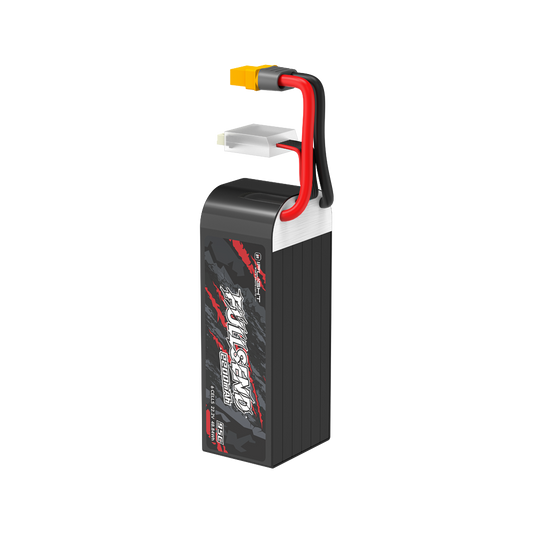
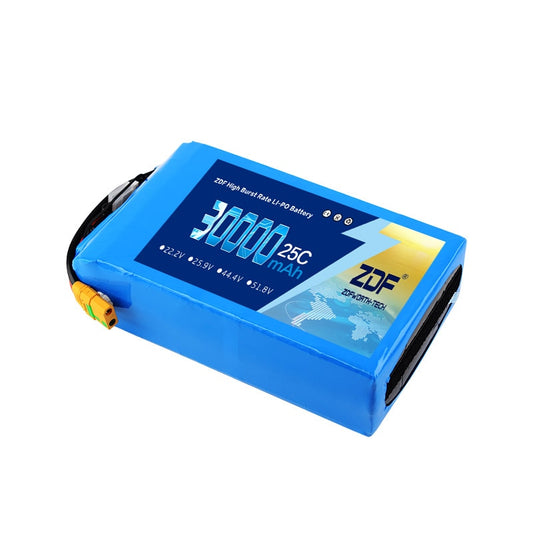
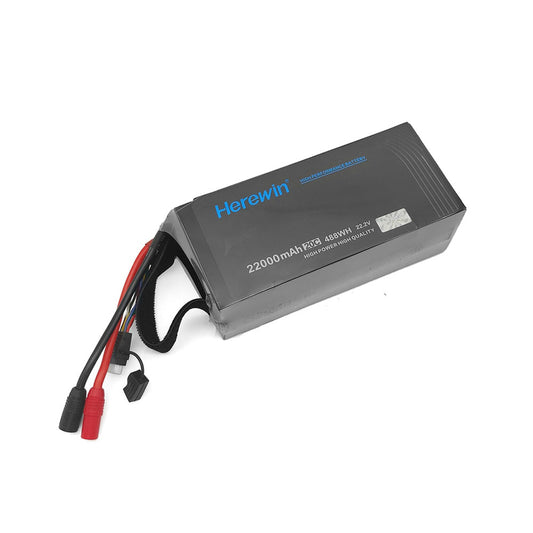
![Made in China c8Rohs [ILI] 4A 8V D](http://rcdrone.top/cdn/shop/files/H74e603bf260340dfb8aba7fcd51b27ecb.jpg?v=1712396384&width=533)
